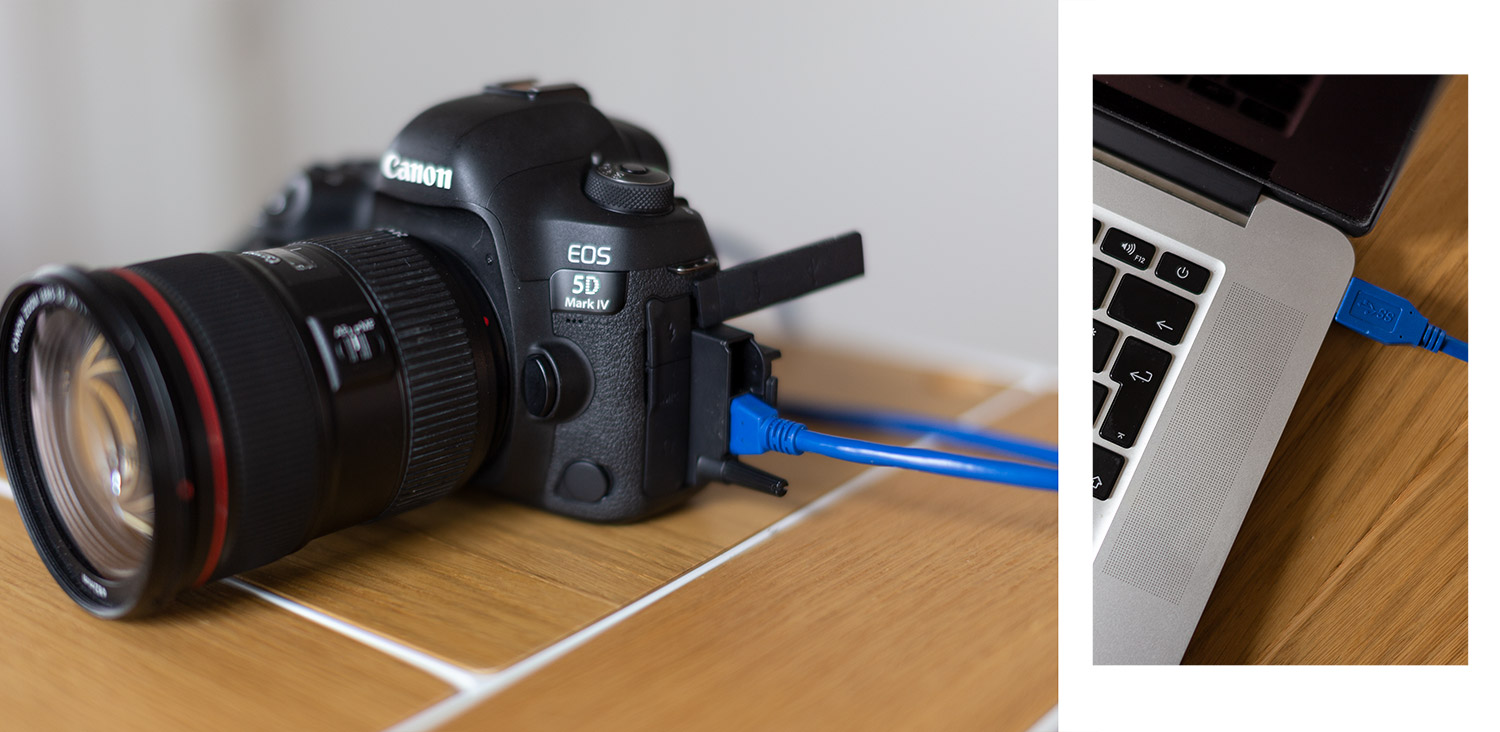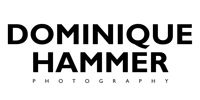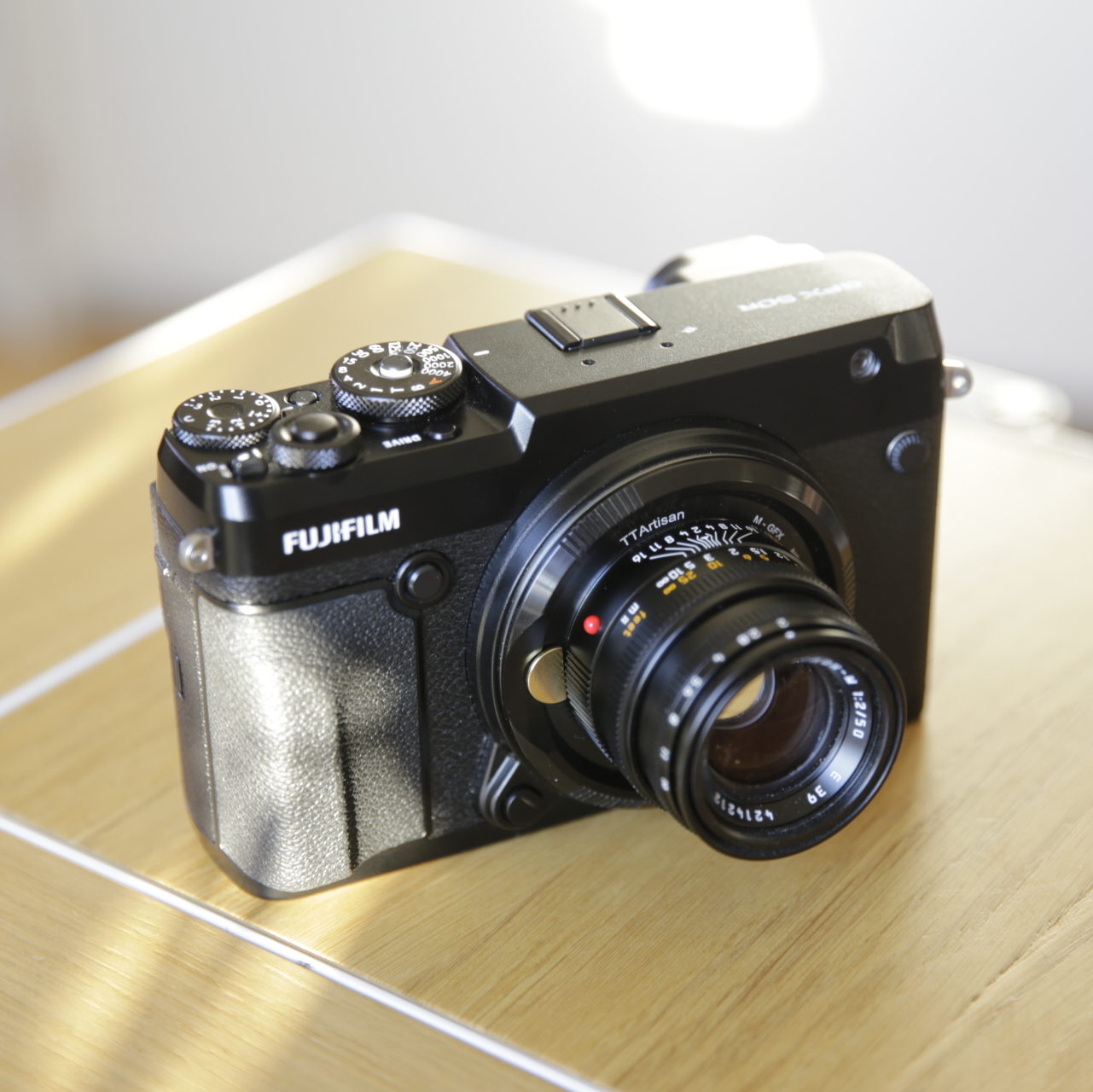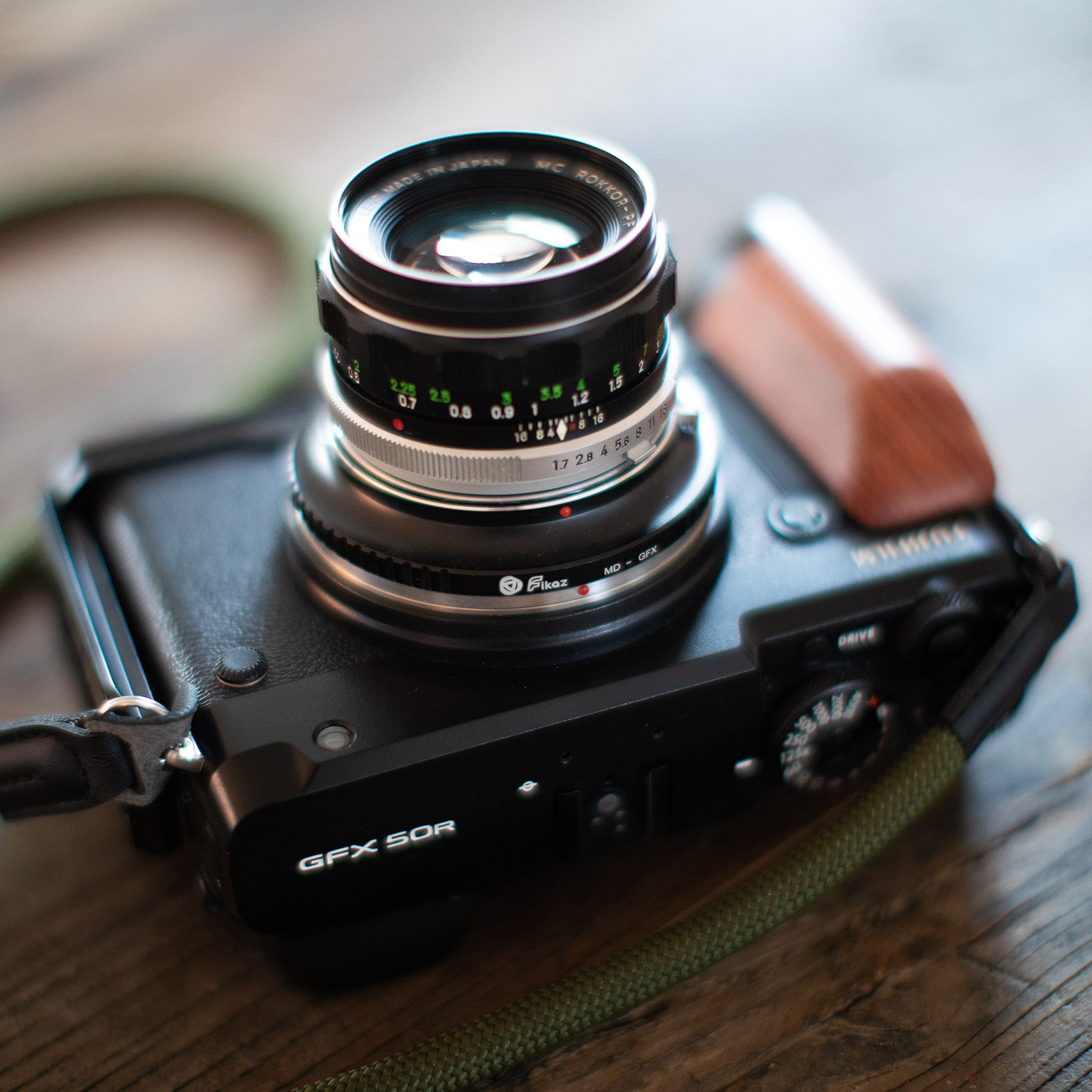GEAR TALKS
In this blog entry I will talk about what I use and why I use it. I dont recommend anything that I dont use, or that I am not convinced of. I don not get sponsored, everything on this article is my personal opinion and experience.
I currently use 4 camera systems. Thats quite a lot and I personally think its 3 more than what you actually need. But every System has its own benefits and usage where it shines. And for those who dont want to read the whole article, we start with the list.
Equipment list – main studio camera
Equipment list – main outdoor camera
FUJI GFX 50R (bought used)
Minolta MD 45mm F2 (vintage lens bought used)
Minolta MD 55mm F1.7 (vintage lens bought used)
Equipment list – studio equipment
Godox SL 100D (continuous light)
Equipment list – travel, street & landscape
Leica M240 (bought used)
Domke Bag (very resilient)
Equipment list – Computer & Workspace
IMac 27″ 5k Retina 2020 (not sold anymore)
Satechi USB-C Port (3 USB Ports, SD Cardreader, USB-C Port)
Fantec Harddisk Tower (4 Harddisks and only 1 Cable)
Equipment list – everyday camera
Fuji XE-2 (bought used)
Studio camera gear:
If I would have to choose only one system to work with, it would be a tie between the Canon 5d IV and the Fuji GFX R.
But for beeing an all around „do everything“ solution the Canon 5d4 would win the race. Pair it with the 24-105 mm and a nifty fifty and I could do 95% of my work.
In addition I can highly recommend the Canon 100mm Macro IS F2.8 for portraits, close-ups, beauty & make-up shots and stilllife and as a longer lens. It is unbelievable sharp – the sharpest lens I have ever seen.
If I do landscape, interior and architecture photography I would recommend the 16-35mm F4 which is way better than the 17-40mm, 16-35mm mkI and 16-35mm mkII.
For on location portrait and fashion shoots, I always use the Canon 50mm F1.2. It is pretty old, but to me, it renders in the most beautiful way. It’s something about being a little bit imperfect but in a good way. The bokeh is outstanding, and it handles backlight and other tricky situations really beautiful. A bit less expensive is the Sigma 50mm ART, with a more modern look, more contrast and more sharpness, but also more clinical.
Once a while I use the 35mm Sigma Art 35mm F1.4 – mostly for documentation work and sometimes for outdoor portrait stuff when I want go a little wider.

Canons 5D4 is for so many reasons my Workhorse. Focus is fast and very reliable, and with 30 Mpx there is plenty resolution if you want to print bigger or crop.
The 5d bigger than the modern mirrorless cameras but its still not too big for hours of shooting, as the weight is really ok, especially if you pair it with the 24-105mm (the F3.5 – F5.6 Version). Another positive aspect: I never had an issue with my canon gear in 20 years of work.
Some of you might now ask why I use the little brother of the 24-105mm. While the bigger one has a fixed aperture of F4, mine has F3.5 – F5.6. Which is no problem at all, since I shoot mostly F8 – F11 in the studio. So I choose the lighter version without weathersealing for obvious reasons. But the newer 24-105mm F4 II is also a fantastic lens.
Once a year I have the sensor cleared and thats pretty much it.
When travelling or shooting outdoors I have two bags that are perfect for my needs. The Kalahari Bag for DSLR and 2 Lenses and the Besnfoto Bag for smaller Cameras and as a lightweight option.


Camera Outdoor
I always liked to shoot medium format. I started with analog gear (mamiya RB67) and eventually had a Hasselblad H4D for a while, which was a huge investment and a huge learning curve. Huge is also the reason why I sold this system, it was just too big and too heavy to work with. When Fuji came out with the GFX System, it immediately caught my eye, especially the GFX 50R. It ticked all the boxes: lightweight (for a medium format camera) affordable – especially when bought on the used market, great lens line-up and a rangefinder style camera. I first bought it for Landscape work (which is still my favourite thing of relaxing body and mind) – but also started using it as my main outdoor Portrait and Fashion Camera.
I do not use it often in the studio, cause somehow I dont like the skin tones when I pair the Fuji GFX with my studio lights. I dont know why and I havent had the time to get a proper preset, but tha Canon files always look more realistic. That is of course irrelevant when shooting black and white, so I sometimes use it, and when I do, I love it. The details are incredible and the Photos with the GFX System really stand out.

I have three GF Lenses, that I really like. The 35-70mm is sharp, small, lightweight and budgetfriendly. Its a kitlens – but it delivers really great images. The 63mm F2.8 is a classic portrait lens and the 23mm is my main landscape lens.
These GFX cameras also have another benefit: adapters. You can adapt almost any system, especially vintage lenses are a great bargain and if you want vintage looks, thats your solution. I found out that two of my leica lenses work on the full sensor (with very little drawbacks) and a lot of Minolta MD lenses also do.
So i got two adapters, Leica M to GFX (by TTartisan) and a Minolta MD to GFX from Amazon.


The Leica lenses that worked for me: Voigtländer 50mm F1.2 and the Zeiss 35mm 2.8 C Biogon. Both produce heavy vignetting and the borders can be a bit crazy, but thats easy to correct, and mostly you can get rid of it by cropping just a little bit.
The Minolta MD Lenses however performed even better. I have the 55mm 1.7 and the 45mm F2.
A lens that I might get in the future for my GFX system: Minolta MD 85mm F1.4
On the Road
In 2010 I was doing safari in africa which was kind of a childhood dream and my whole hand-luggage of 8 kilograms was photography gear.
That was the point where I started thinking of a smaller system, that still delivers great image quality – the Leica M System. I started with the M9 which is still probably the camera with the best sensor I have ever had – not in terms of high ISO performance or resolution – but the colours. Oh my, the colours of this CCD Sensor are the best I have seen (so far). But, and that was a big downgrade for me, the image buffer of the camera is so annoying that I switched to the M (Type 240). The M9 could freeze for minutes (literally 4-5 minutes) when you shot a couple of images.
To me the Leica M System is is still the most beautiful camera system that has ever been. Its small, delivers outstanding images – but has no autofocus and is horrible expensive. I bought mine used, and I would still get the same money today.

If you are good with manual focus and still want fullframe, then Leica M is maybe the only camera you will ever need. Paired with 3 lenses my equipment is now down to 2,5 kilograms, which is great for hiking, long walks and any travel activity. I put all this together in a weathersealed Domke bag.
My favourite Lenses are the Voigtländer 21mm F3.5, Voigtländer 50mm F1.2 and the outstanding Zeiss 35mm C Biogon F2.8.

Studio tethered shooting
One of my biggest steps forward as a photographer was tethered shooting. For those who don’t know, it means you shoot the images directly into your laptop. Which also means you can smash your favourite look / preset on the images and clients will see what the final image will look like during the shooting. The biggest advantage is, that you can directly correct little mistakes, adjust light, correct poses and minimize mistakes. It is also quite impressive for all clients who are not used to photoshootings and it boosts their confidence.
With tethering there are 3 important things to consider. A good cable, good SD Cards, good software. I personally shoot into the laptop and have a second copy directly to an SSD Drive – for safety. SD Cards I only use Sandisk Extreme 64GB (they have enough writing speed, so my camera is not slowed down with buffering), the cable is from Paxo – which turned out to work very well.

Studio Setup
A few years ago I had a fixed studio background system, very handy, with 6 different background colours that cold be rolled up and down.
As the time went on I recognized I only need two colours, black and white. Also I sometimes ended up with clients who wanted me to set up a studio setting at their place, so I bought a system that could be easily build up within 10 minutes – and was transportable. I still use the same system, with the benefit that it fits in my car.
In the studio I mostly work with Elinchrom. It was not my first system, but I found that it is probably the most reliable system that comes with reasonable prices and a good range of excellent softboxes and reflectors. I never had bad experiences with the classic studio monolights. The ranger system sadly died after 8 years of heavy use (mainly the batteries are so weak that I cant shoot longer than 2 minutes, even when connected to electricity). But 8 years of heavy usage – thats pretty ok for a portable battery system.
In 2022 I added continuous light – the Godox SL 100D. It is cheap and works great. I mainly use it as a „hard light“ – without softboxes, or – even better – point it to the ceiling when I shoot indoor scenes. Thats a pretty good way to brighten a scene without having a lightsource directly pointed at somebody.
Finally I always have the camera connected to my Macbook Air (m4).


Workplace & retouching
I hate it, when technology doesn’t work when I need it. That’s why in 2009 I switched to Apple and never came back. (Ok, I came back in 2018, but only for gaming)
Apple is such a great solution for me as a photographer – everything works together and everything works stable. And with stable, I mean that I had only one crash in 15 years. The iMac froze, I restarted and MacOS somehow had managed to save all files that I worked on – that’s just amazing.
It was 2018 when I switched from lightroom to capture one – mainly because tethering was not working properly with LR, and I was never really satisfied with skintones. Once you got into Capture One you will never consider lightroom as a serious solution – though I have to say they really improved a lot in the last years.
For skin retouching I switch to Photoshop and I also use a Wacom Intuos Pro M. If you do a lot of masking and dodge & burn, it is a no-brainer to buy a wacom tablet. It takes 1–2 weeks to get used to it, but it is worth the time.
Back-Up and Storage
2006 was the first Year of my journey as a photographer. It was also the year my Harddisk gave up with a fatal error – and all files were gone – including my first steps as a photographer. Luckily I had almost nothing that I would miss, so it wasn’t too bad.
So I started very early to think about backups and storage of my files. I started with 2 external harddisks and manually saved everything on both – needless to say that it annoyed me quickly and I wanted a better solution.
At that time I invested in a Synology RAID System that I cannot recommend at all. Its expensive, a pain in the *** to setup and I had loads of failure including (small) data loss – which was the main point why I bought it.
So I looked for a simpler solution, and found a simple HDD Tower with 4 slots, and a USB Cable for connection.
And the magic comes from a little App called Carbon Copy Cloner. You can set routines for your backups (daily, weekly) or start them manually when you saved important files on your backup. Tha App just mirrors from one HDD to another, and does it quite smart. It just copies (or deletes) the changed files – everything else stays as it is. So I have 2 Harddisks as my storage and 2 as my backup.
The names of my folder (and files) are optimized for the apple finder, so you just search a topic and find everything with a few clicks.
Date/Topic/persons involved – for example:
YYMMDD_Portrait_BW_Model1_Make_Up_Artist_Agency_Client
With that simple solution I can find everthing in my archive within minutes – as long as I have any infomation of the 3.
If one of the Harddisks dies, I just slide in a new one and let the Carbon Copy Cloner do the rest. Very easy, very effective, very reliable.
An everyday camera

This year, I decided to get a Fuji X Camera. The reason to invest in another camera system was quite simple: I needed a small autofocus camera to have with me every day to document life, mainly my daughters‘ life. I thought I could do with the Leica M, but most of the time I am not fast enough manually focussing. For a while I tried with canon and the (small, but really nice) Canon 50 1.8 STM. Again, that was not pocketable, and I always had to have a camera bag with me.
Then I saw at a local shop a mint X-E2 with the kit lens for a very good price and I decided to give it a go. While I really liked the size of the body, the lens was quite bulky, so I bought the TTartisan 35mm F1.8 and (again used for a very reasonable price) the Fuji 16mm F2.8
Mostly I just throw the X-E2 with the 35mm into my pocket, and that works for almost everything. For small trips I also pack the 16mm, and that’s it. So far the camera delivered everything I wanted – very small seize, reliable autofocus and excellent image quality.

Future thoughts
Having 4 Camera Systems is, as I said way too much, and I might at some point get rid of one or another. But then again I love using Cameras. The Canon system is the oldest one, and at some point the Canon 5Dmk4 will give up, cause mine is from 2017. I thought about getting an R6 II and adapting my current lens setup. I already tried the R6, the autofocus is extremly good and image quality is canon like rock solid. But: most RF lenses are way too big for my taste. Solets see what the future brings.


